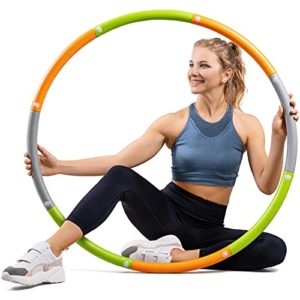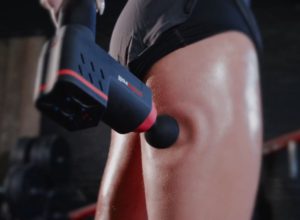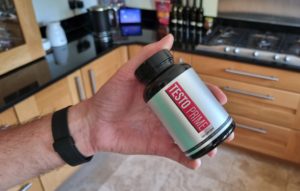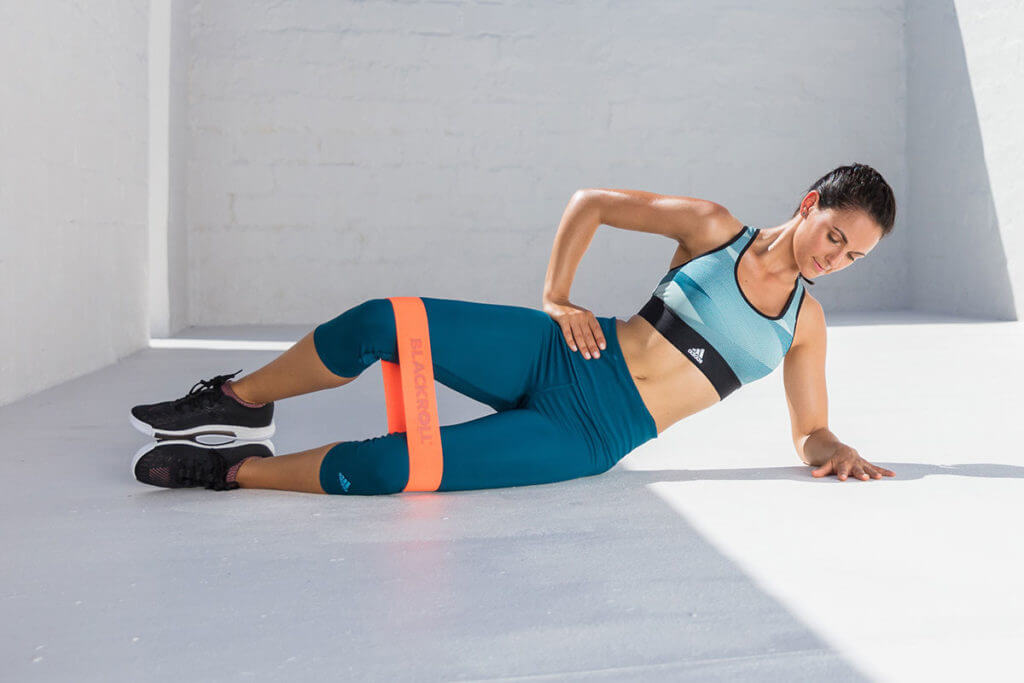Making lifestyle changes is the best way to achieve long-term weight loss, but sometimes it can be hard to keep on track.
Tips to keep going when you think you’re about to slip
- Look at what you’ve achieved so far
- Remind yourself of all the reasons for wanting to change
- Remember to give yourself a non-food reward or treat for achieving your goals
- Seek encouragement from those who support you
Other things that people find helpful are:
- Keeping a regular food diary and activity log
- Monitoring weight loss and waist circumference
Download Our Free Food Diary
Recording what, when and why you eat can help you understand a lot about your eating and activity patterns, and areas for change.
- It can help you identify your triggers for eating
- It will help you see what you’ve achieved once you’ve made changes
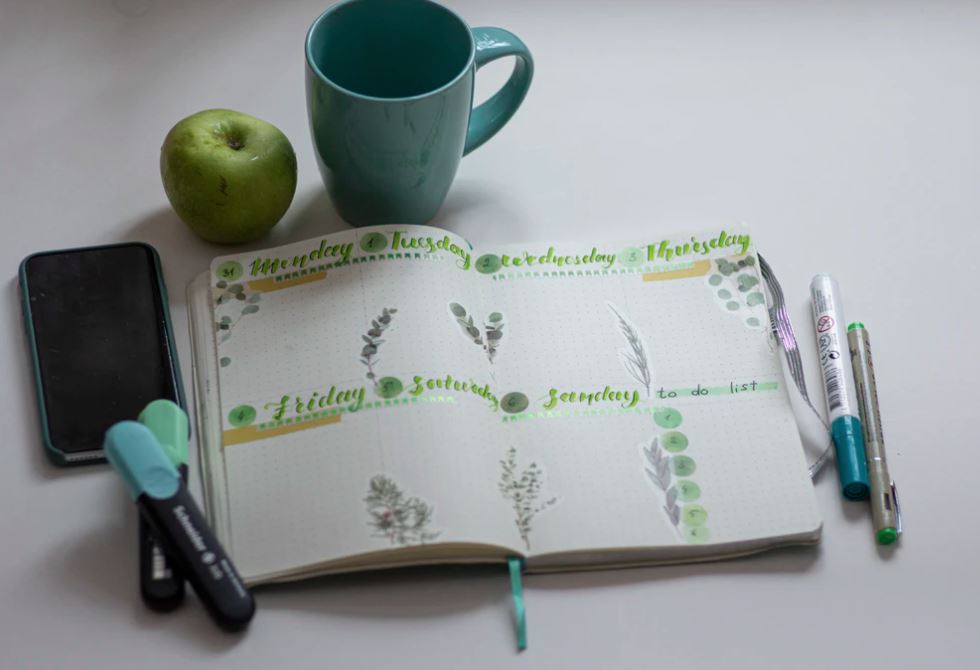
Weight Loss Journaling – How to Log your Diet
- To start with, keep a diary for 7 days (including weekends) and then for at least 3 days a week on an on-going basis. Include at least one day of the weekend.
- Keep your diary with you and record what you eat and drink as you go (it’s very difficult to remember what you ate at the end of the day)
- Record what you eat and drink in household measures e.g. 3 tablespoons cereal, 2 slices of bread, 1 teaspoon of spreading fat, 1 large mug of milky tea.
- Try to be as detailed as you can
- Make a note of where you ate, who with and how you were feeling at the time
- Write down all your activities in the day, including day- to- day activities such as a 15 minute walk to work, or 30 minutes spent vacuuming, as well as more formal exercise e.g. aerobics class.
Keeping Going Progress Chart
Monitoring your progress by checking your weight regularly and measuring your waist can help to keep you motivated. You may prefer to measure success by how you feel or by the way your clothes fit instead. It’s up to you.
Remember that weight on the scales only measures your total body weight, not your body composition. Many gyms and leisure centres offer a body fat measurement service, and this can be a good indicator of fat loss over time. Alternatively you can buy your own body fat monitor in many high street shops.
Measuring your waist is a great way of monitoring your progress when you follow both a healthy eating and physical activity programme. Record your waist measurement about once a week and keep a record on your chart.
Check against your BMI and waist measurements.
When Weight Loss turns into Weight Gain!
Despite your best efforts to keep on track, it’s quite normal to have times when you have a ‘slip-up’, and are tempted back to less healthy ways of eating. When this happens:
- stay positive.
- identify what caused in the lapse.
- think about what to do differently next time, to prevent the same happening again.
- move on.
For more help dealing with set backs, click on ‘Struggling to lose weight.’ in ‘Options for support’.
Staying positive
Having a positive approach will help you to put this temporary lapse behind you, and move on:
“Eating one chocolate bar doesn’t mean I’ve blown it. I’m in control and am back on track.”
On the other hand, negative self-talk is likely to mean a lapse will end up being a relapse:
“I’ve just eaten all that chocolate and blown all my good intentions. I might as well forget the diet and have another bar.”
Identifying triggers
Sometimes the temptation to overeat or miss an exercise session is high – that reasons that people mention most include:
- Negative feelings, such as anger, anxiety, boredom.
- Social pressure to eat (from friends, family, work mates).
- Attending social functions (family celebrations; parties; meals out with friends).
- Cravings for certain favourite foods, such as chocolat.e
Doing things differently
Remember it’s normal to have slip-ups so don’t blame yourself. Think about what lead up to the lapse and what you could do differently to avoid this happening again the next time round.
For example: do you tend to eat in the evenings when you’re feeling bored?
Think about possible solutions or options:
- Could you fill some evenings with a new hobby? Or read a book or magazine; relax in the bath; make a phone call; do the ironing?
- What about keeping your fridge and cupboards well stocked with healthy, low calorie snacks (see ‘Eating Well‘ for ideas)?
- If you really crave chocolate so much – then buy a small bar. A children’s fun-size bar is half the calories of the adult version, and a quarter of the calories of the extra large bars available.
- Avoid eating in a ’roundabout’ way, choosing several other snacks to offset your cravings, before finally giving in and eating the snack you were trying to avoid in the first place. This really pushes the calories up!
- You could choose not to buy high calorie snack foods, i.e. limit temptations!
Decide which one or ones would work best for you, and put your plan into action! Remember: think positively – you can do it.
If you keep coming up with reasons not to continue with your goals, or you can’t find workable solutions, maybe it’s time to re-think about how motivated you are to lose weight? Click on ‘RU Ready?‘ to work through your reasons for wanting to lose weight.




